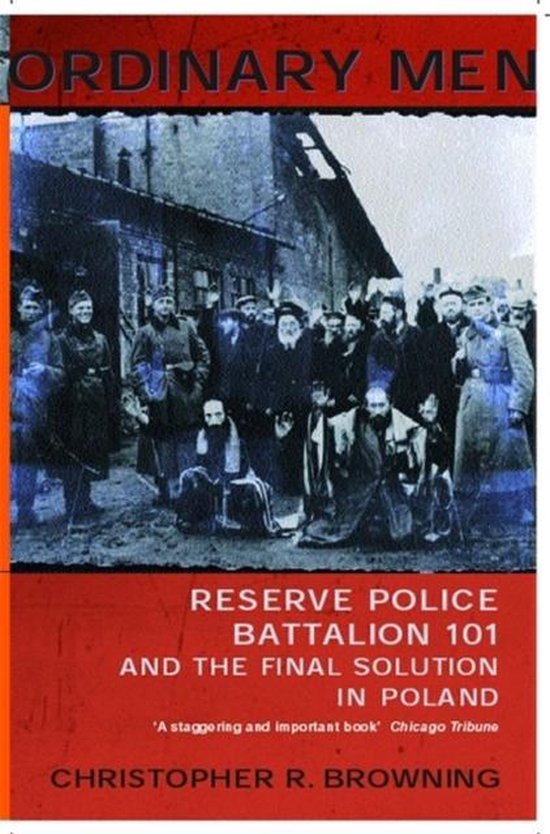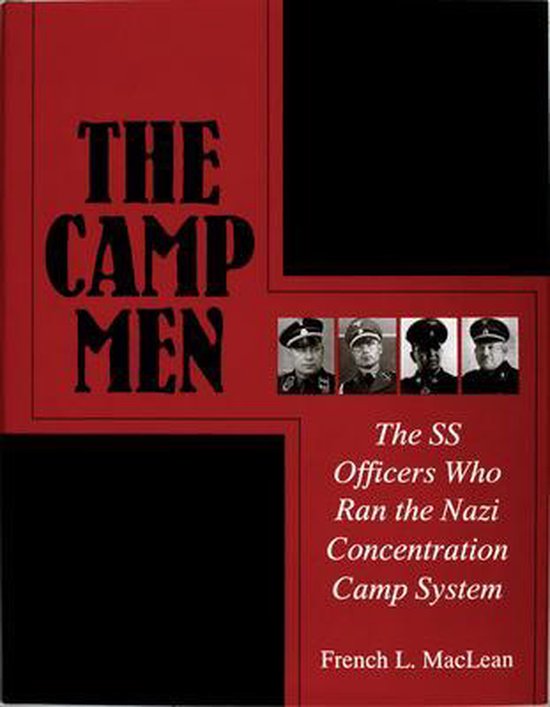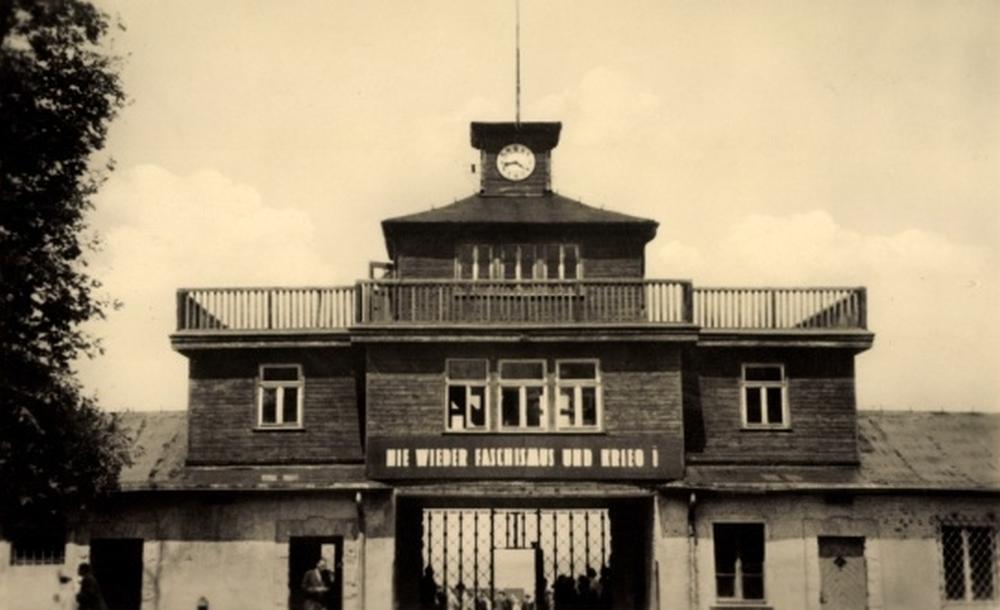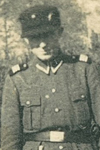Concentration Camp Trawniki
Trawniki is located approximately 40 km east of Lublin. The camp is principally infamous by the fact that she played a role as training camp for auxiliary police personnel (Wachmänner). These 'Wachmänner' main task where to secure prison camps all around Poland and in a later stage to participate in mass-executions. In overall 5,082 'Wachmänner' were trained in Trawniki. The concentration camp Trawniki can be shared in 4 different phases:
1. July till September 1941:
POW camp for Russian prisoners of war.
2. September 1941 till July 1944:
Training camp for auxiliary police personnel.
3. June 1942 till September 1943:
Labour camp for Jewish Internees.
4. September 1943 till May 1944:
Concentration camp and sub-camp of KZ Majdanek.
In the spring of 1942 the first Jews arrived at Trawniki, where many soon died from disease and starvation or executed in the nearby woods. By May 1, at least 5,633 Jews resided in the Trawniki labor camp. This number of residents did decreased to zero in November 1943 during Aktion Erntefest, that was accomplished by 'Wachmänner' of the SS-Totenkopfverbände. On the 3rd November of 1943, over 6,000 Jews from Trawniki and Dorohucza were executed. The following day, there was not a single Jew left in Trawniki camp. An obelisk monument located directly next to the kommandantur commemorates the Jews who didn't survive Trawniki.
23 July 1944 was the day when the Trawniki camp was liberated by the red Army. It's not clear If Trawniki was reused after the liberation by the liberators.
Nowadays, a large part of the original camp buildings are used as single-family detached homes (including the Kommandantur and the barracks of the 'Wachmänner'). The train station and outer wall of the camp are also still standing on the same spot.
Do you have more information about this location? Inform us!
Source
- Text: Kaj Metz
- Photos: Anton-kurt













